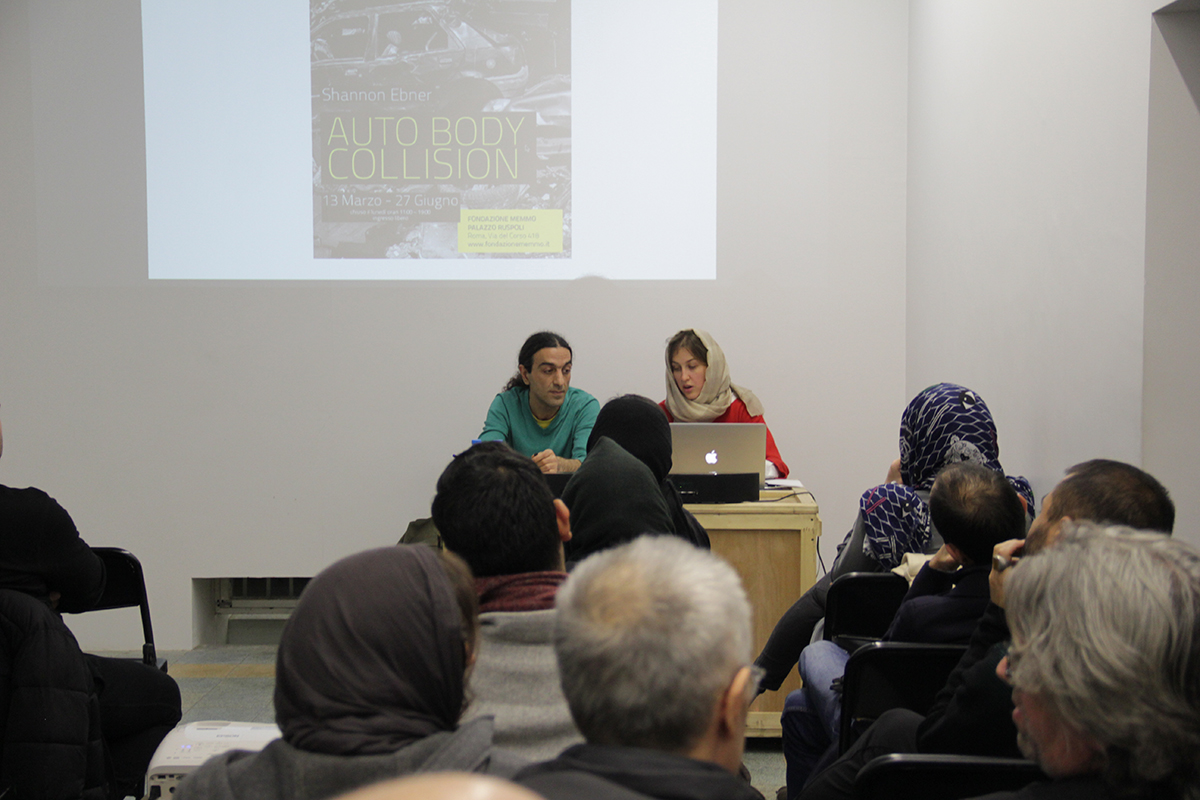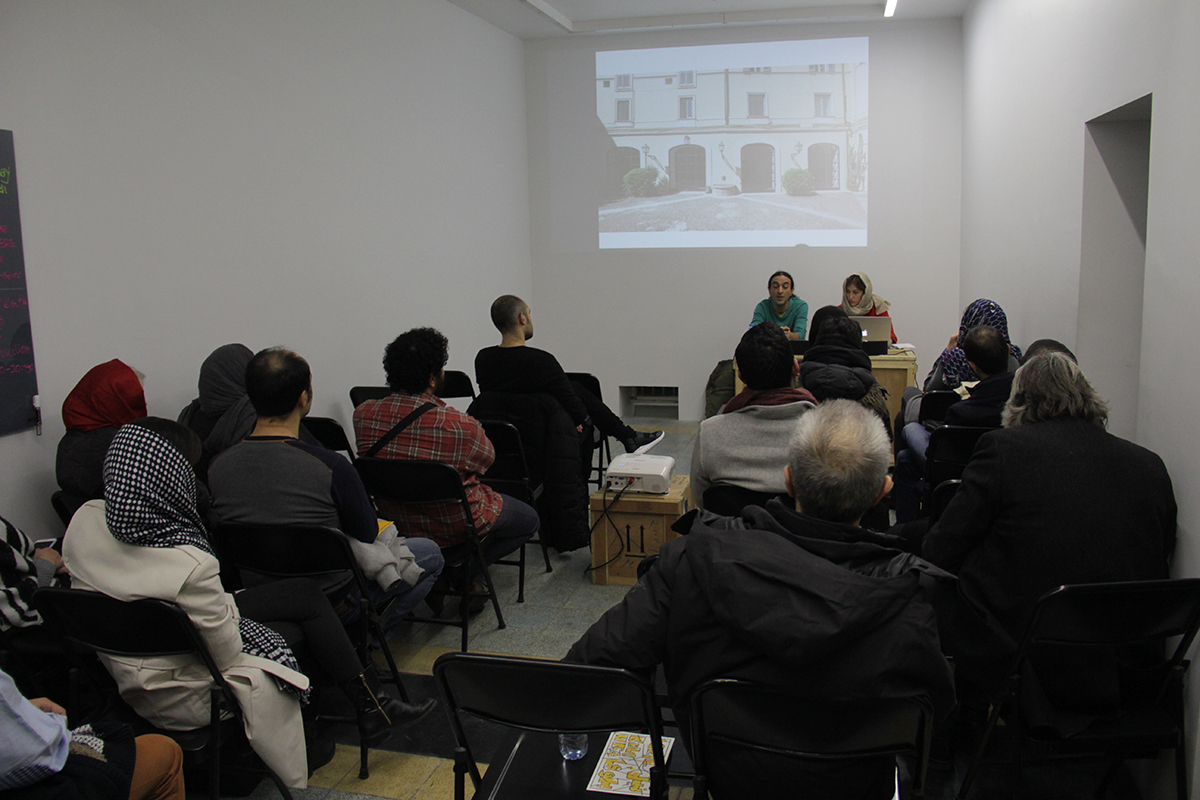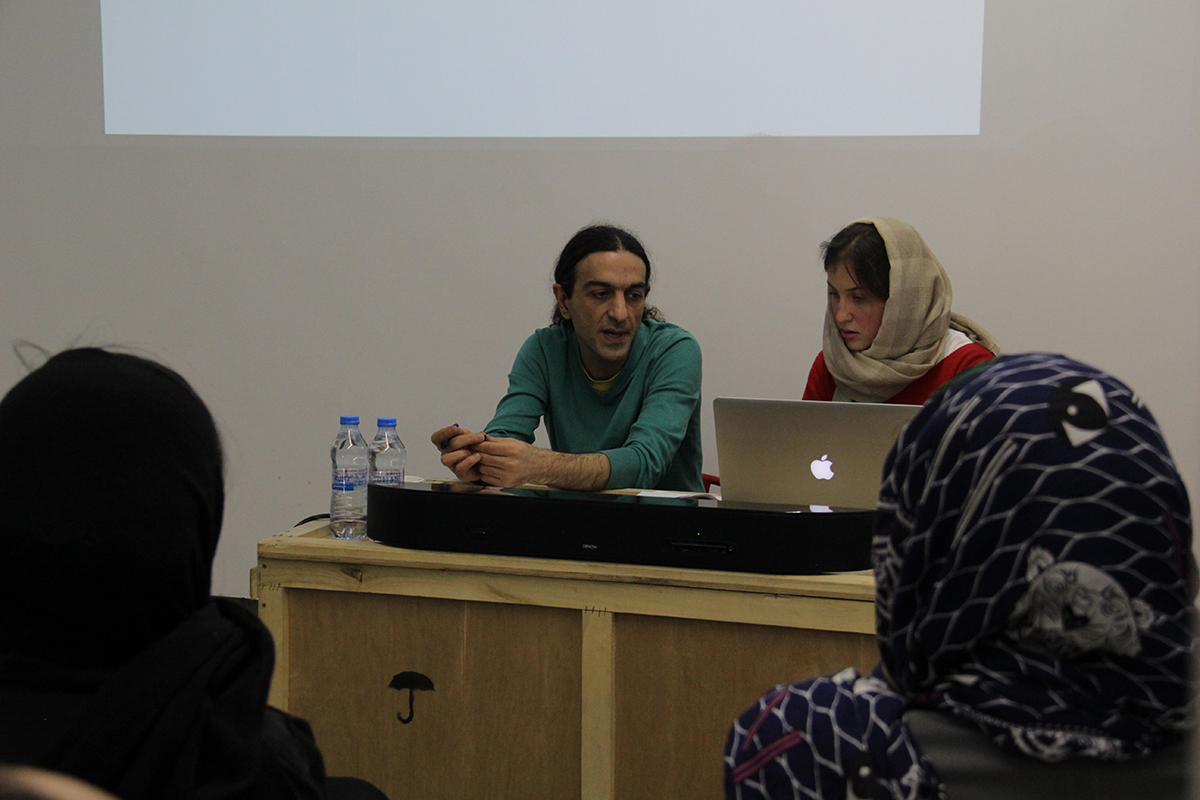FONDAZIONE MEMMO
Cloé Perrone
1 February 2017
The Fondazione Memmo was established in 2012, thanks to the initiative of Fabiana Marenghi Vaselli Bond e Anna d’Amelio Carbone and presents a new exhibition program, entirely dedicated to the contemporary art scene. The aim is to contribute to the development of a local cultural texture in a global perspective, connecting international realities and promoting the interaction between the artists and the city of Rome. Through the organization and production of exhibitions, performances, residencies, talks, conferences, workshops and arts publications, the Fondazione Memmo desires to promote the present time in order to contribute to the development of our future.
In 1991, Roberto Memmo inaugurated his Foundation with the exhibition Espressionismo – Da Van Gogh a Klee in which a selection of master-works from the Thyssen-Bornemisza collection were shown. Since then, the cultural events promoted in the exhibition spaces of Palazzo Ruspoli have multiplied and grown with ever increasing importance, receiving both public and critical consensus. The same year, there were more exhibitions: Il segno del Genio: cento disegni dall’Ashmolean Museum di Oxford brought together a collection of works by Italian and international masters, including Raphael, Michelangelo, Leonardo da Vinci and Dürer; this was followed by an exhibition of paintings by Lucien Freud. Next came a double exhibition of works from the Herimtage, Saint Peters-burgh: the first on Antonio Canova, the majority of which were lent to the Fondazione Memmo to be exhibited in Italy for the first time, in Rome and Venice. The second exhibition in collaboration with the Hermitage at Palazzo Ruspoli was on a collection of seventeenth and eighteenth century works of terracottas by leading Italian masters. The exhibited collection had originally been formed in the late eighteenth century by the Abbé Filippo Farsetti and was subsequently sold to a Russian museum.





